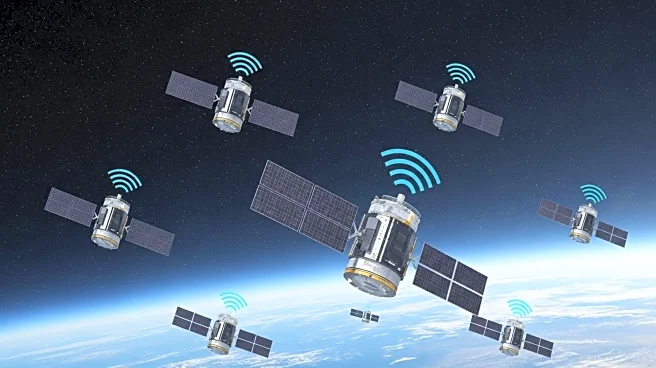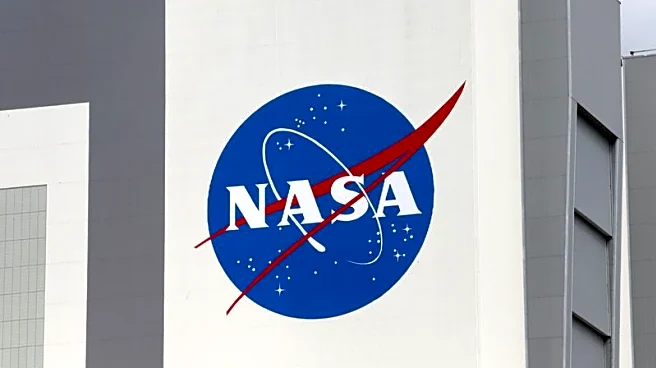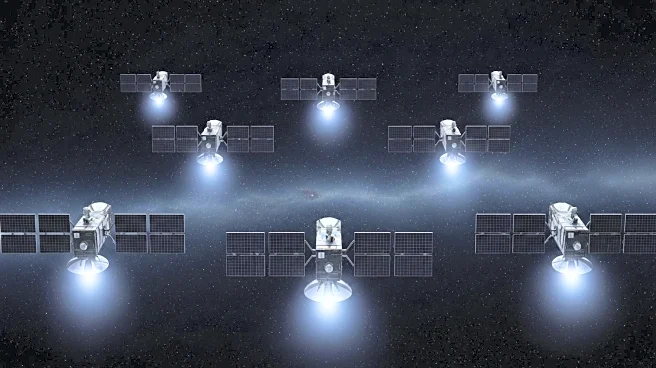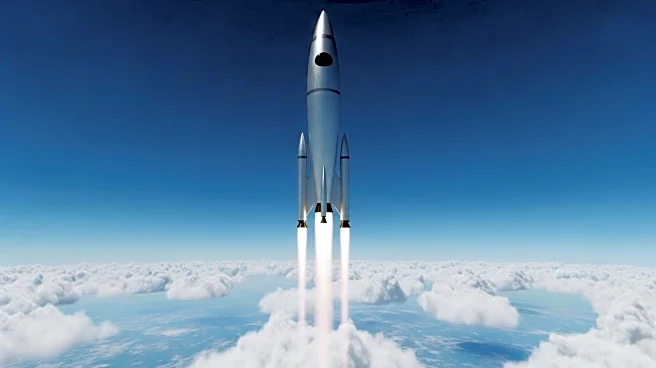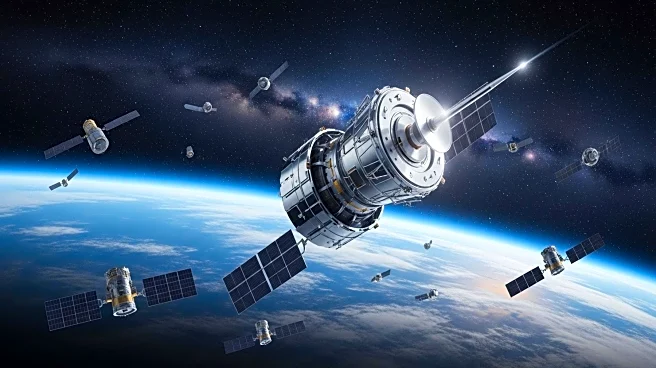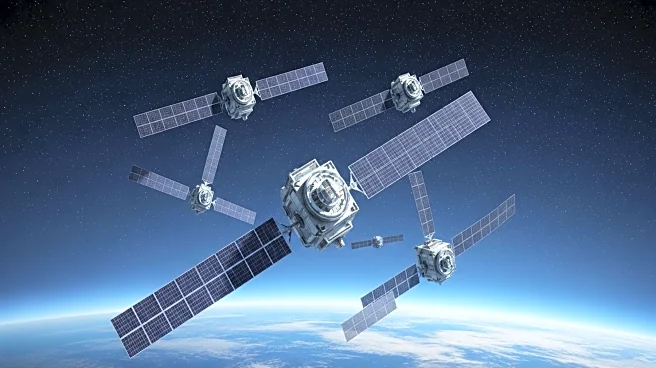What is the story about?
What's Happening?
China has significantly expanded its satellite capabilities with a series of recent launches. These include additions to the Internet of Things (IoT) constellation, new broadband satellites, and enhancements to its weather satellite fleet. A Long March 6A rocket launched the 11th batch of the Guowang broadband megaconstellation, which aims to compete with global projects like Starlink. Additionally, a Long March 4C rocket launched the Fengyun-3H weather satellite, enhancing China's meteorological capabilities. These efforts are part of China's broader strategy to strengthen its space infrastructure and technological capabilities.
Why It's Important?
The expansion of China's satellite fleets has significant implications for global telecommunications and weather monitoring. By enhancing its broadband and IoT capabilities, China is positioning itself as a major player in the global satellite communications market. This could lead to increased competition with other satellite internet providers, potentially driving down costs and improving services worldwide. Furthermore, the improved weather satellite capabilities will enhance China's ability to monitor and respond to climate and environmental changes, which is crucial for disaster preparedness and resource management.
What's Next?
China is expected to continue its aggressive satellite launch schedule, with plans to further expand its satellite constellations. This includes the potential launch of additional satellites for the Guowang project and further development of its IoT and weather monitoring capabilities. These efforts will likely involve collaborations with both state-owned and private enterprises, as China seeks to solidify its position in the global space industry.
AI Generated Content
Do you find this article useful?
